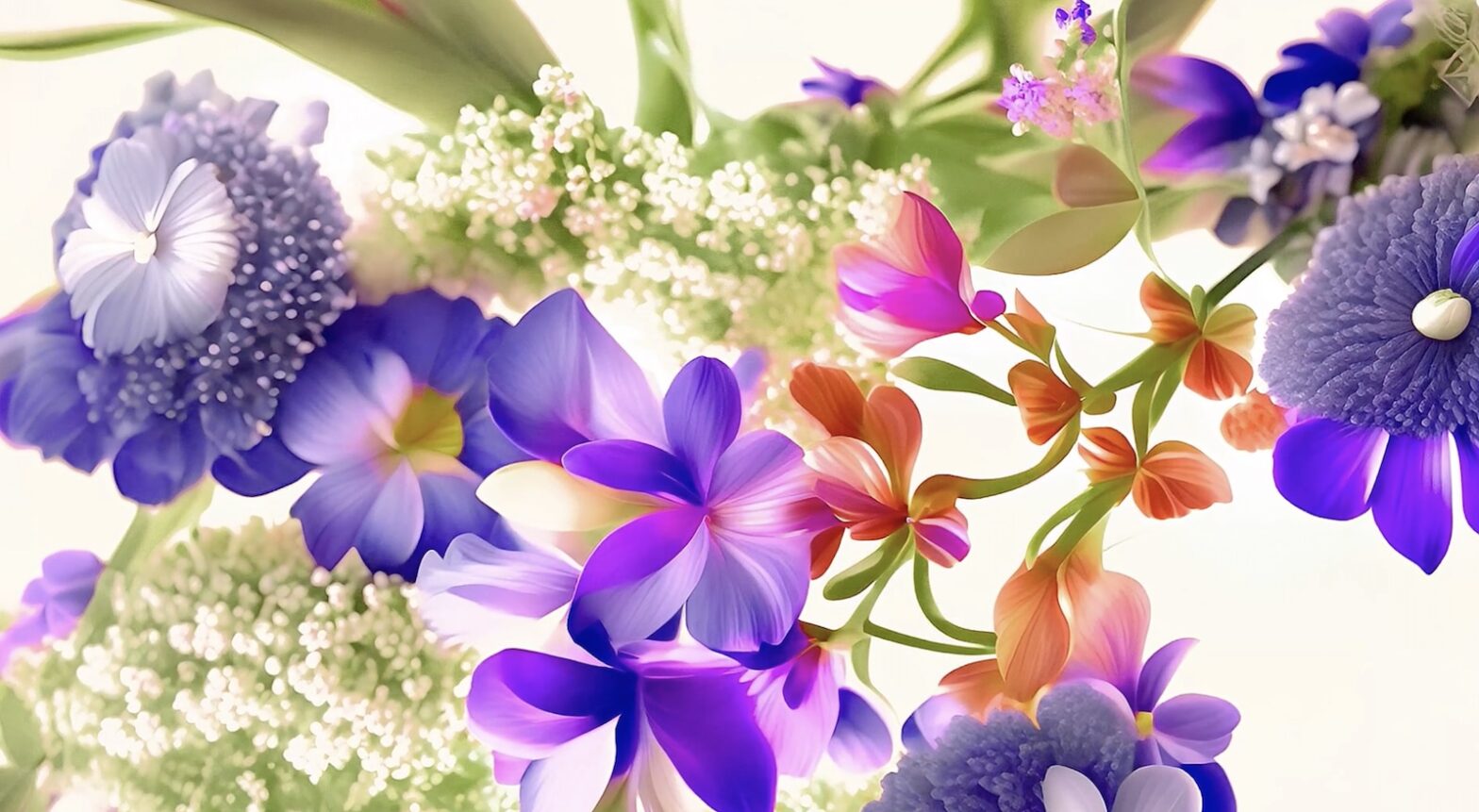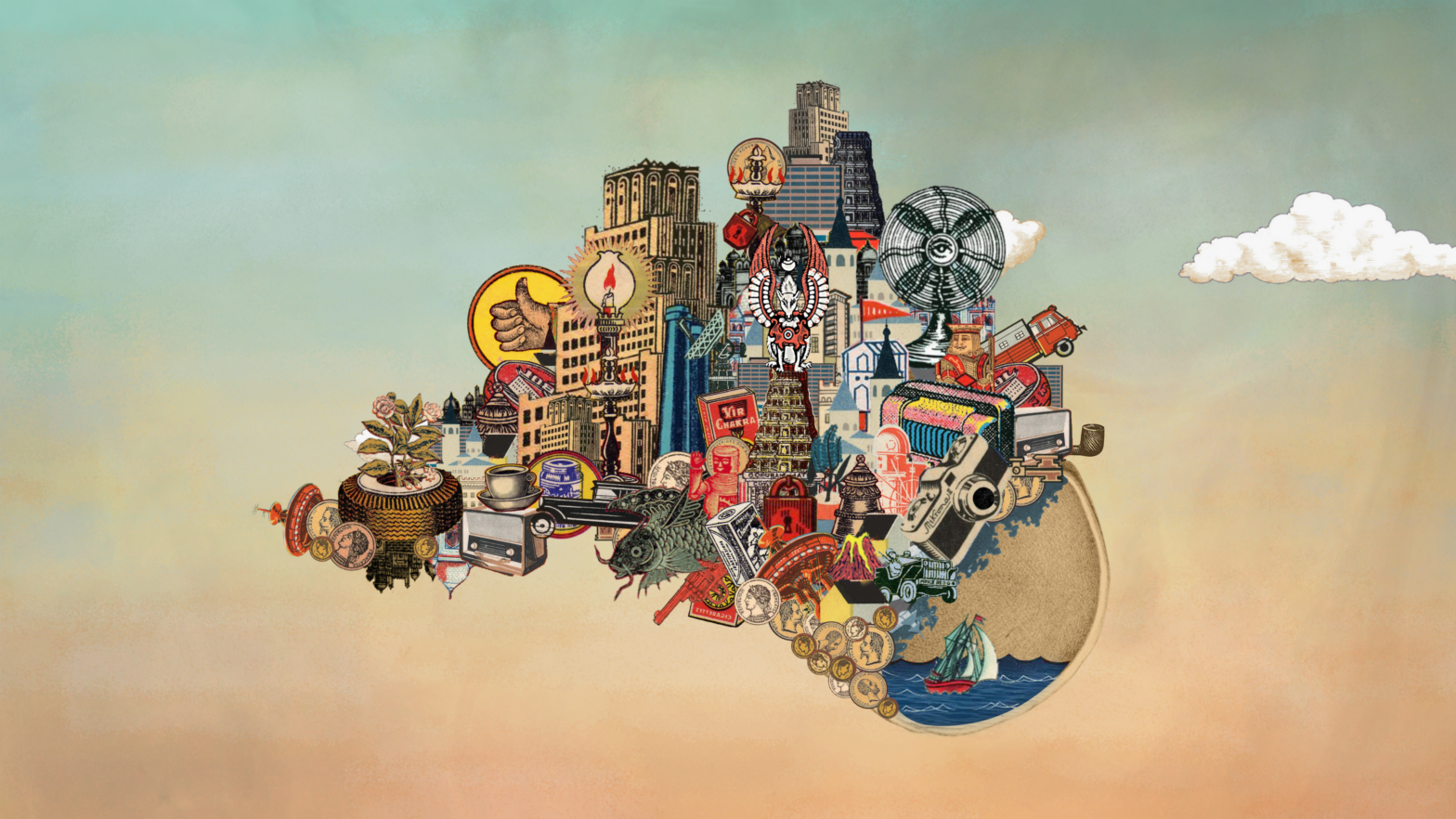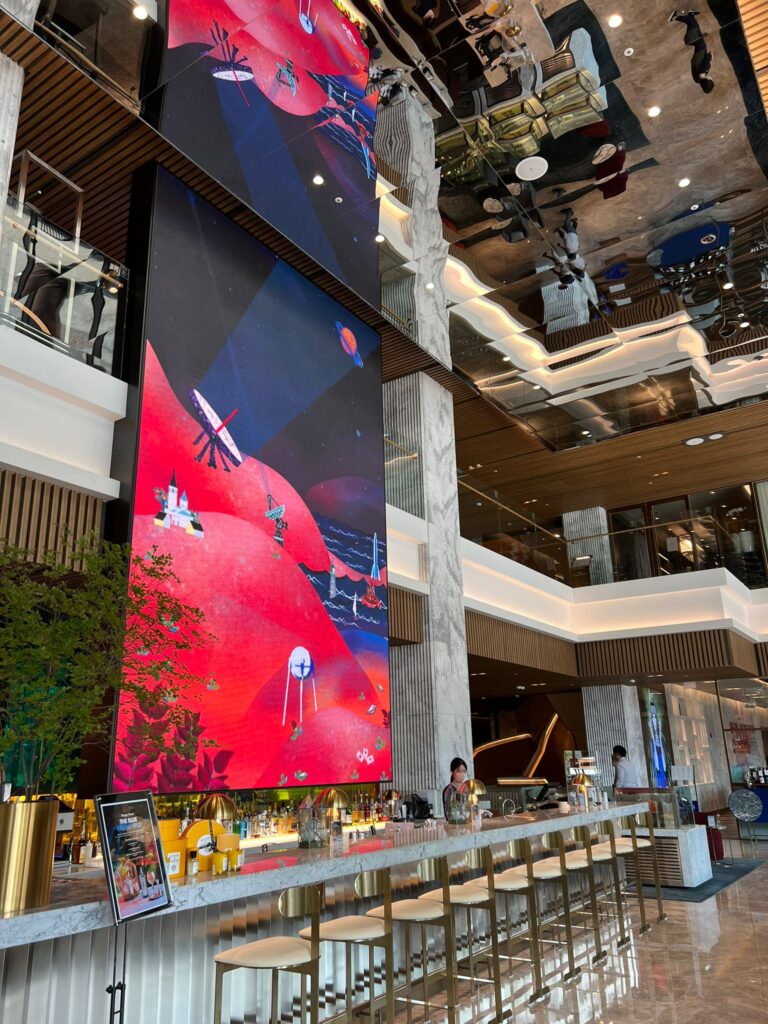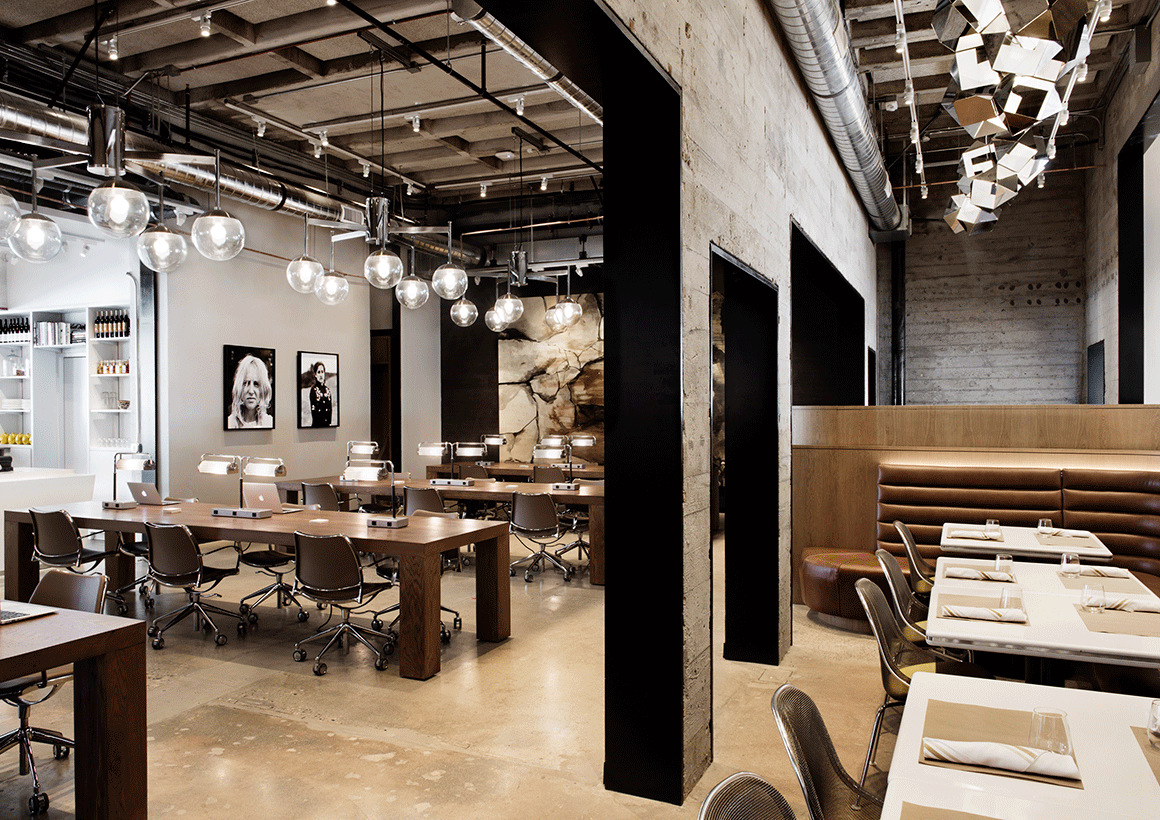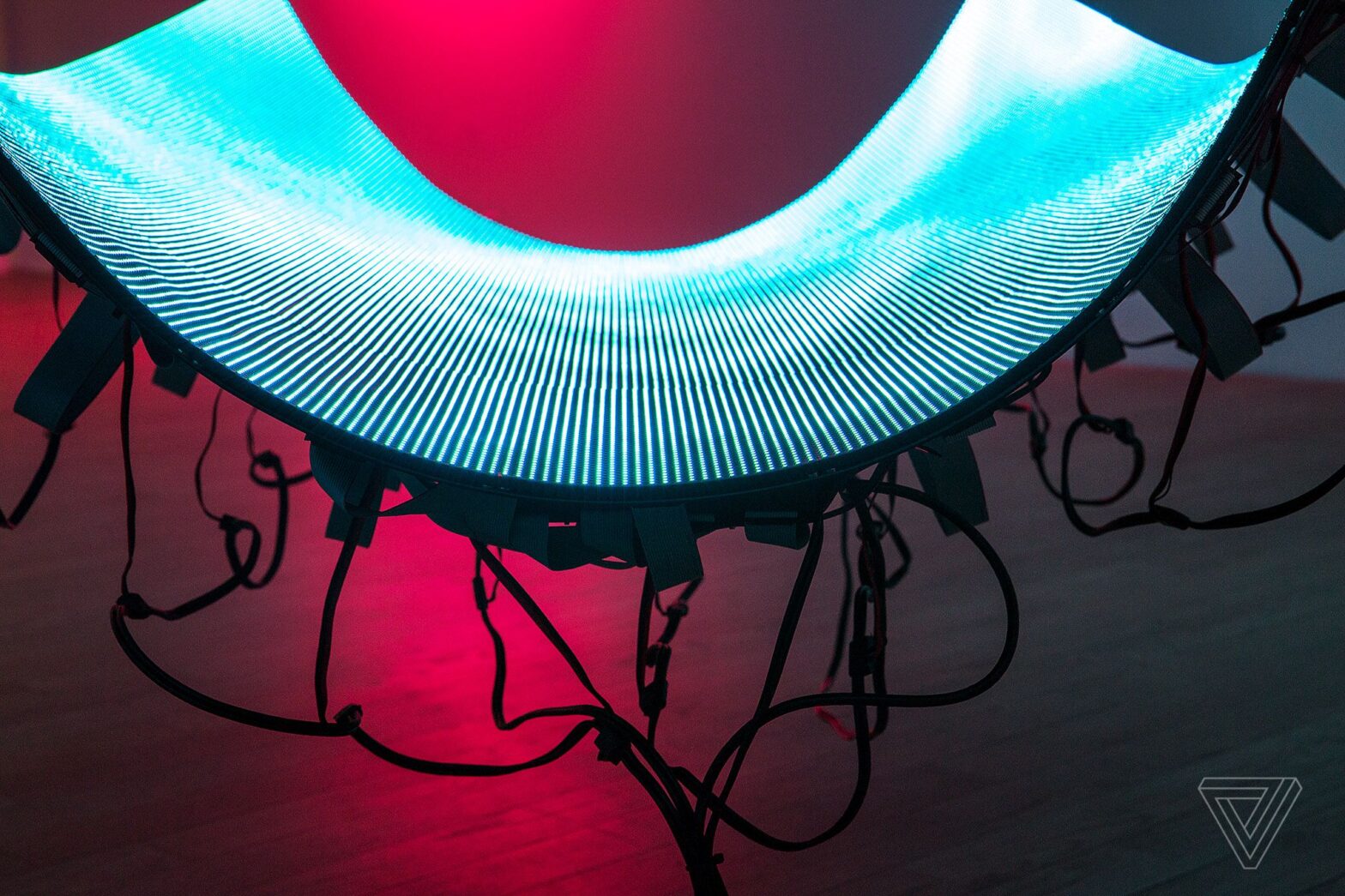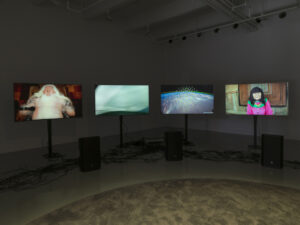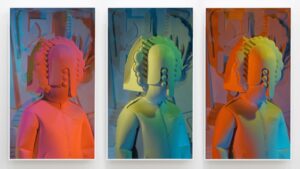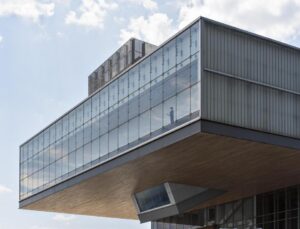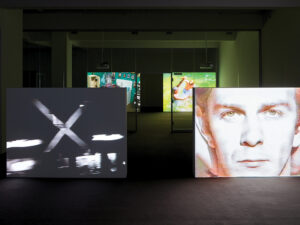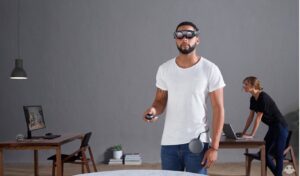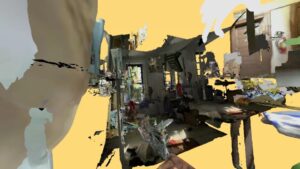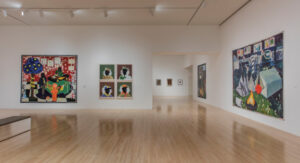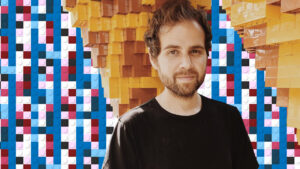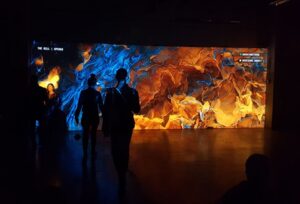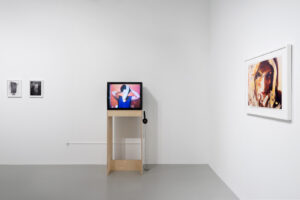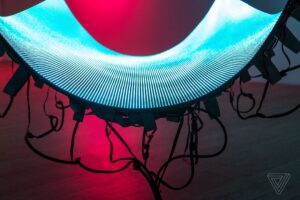Niio Editorial
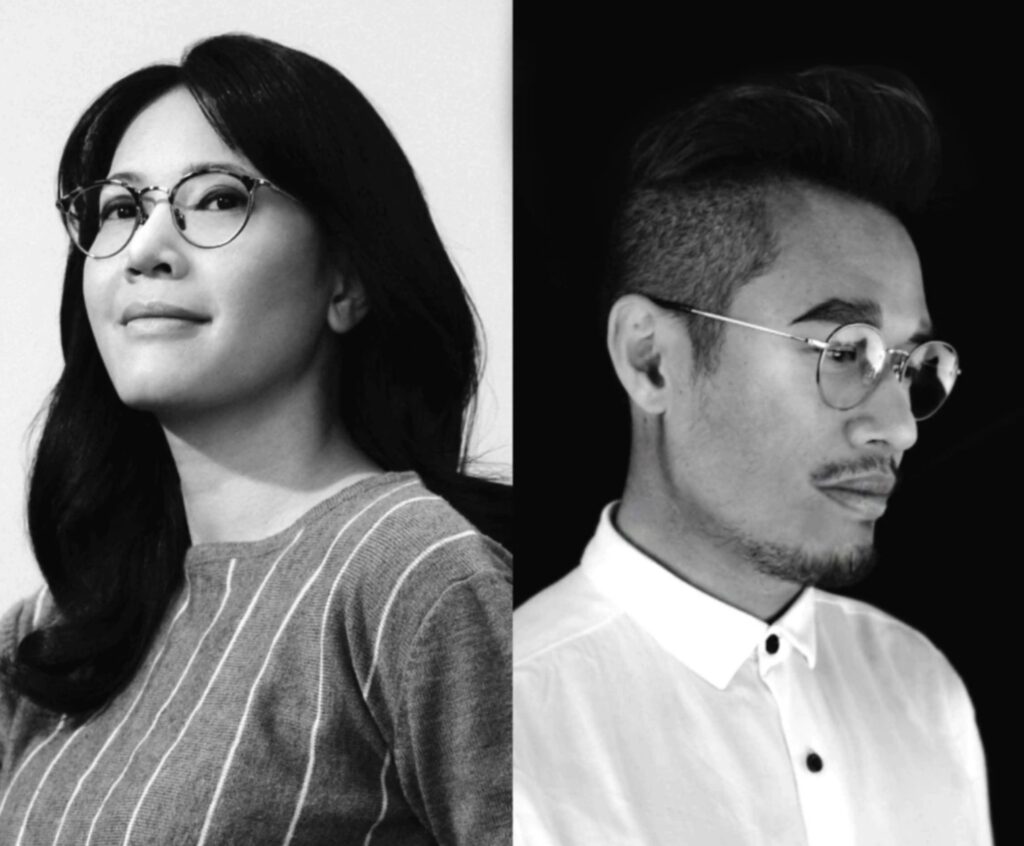
The creative duo Moonwalker (Dany Vo and Vy Vo) has its roots in the worlds of graphic design and illustration, where they honed their skills in creating mesmerizing artistic compositions exploring nature and fashion. Through the technique of digital collage, the artists generate fantastic worlds populated by flowers, plants, and human beings in idyllic harmony. Infused with gracile movements, their compositions are visually seductive and deeply inspiring, as is demonstrated by their growing number of followers and the interest in their work, which is expanding widely around the globe.
Niio is proud to present a selection of their work focused on nature and inspired by their personal experience with plants and flowers. The artcast Floral Propagation collects several pieces created with AI models, while a series of catalogs offer selected limited editions to art collectors. In the following interview, the artists elaborate on the concepts and motivations behind their work.
Moonwalker. Vivid Petals Collection #3, 2024
As illustrators and graphic designers, you have a keen sense of aesthetics and an instinct to create alluring visual compositions. This is apparent in your artistic work, which denotes a conscious selection of color palettes and use of balance and symmetry. How important is this compositional aspect of your work?
We prioritize creating visually compelling compositions with strong contrasts, bold shapes, and carefully selected color palettes. In today’s saturated digital landscape, we aim for instant impact—artwork that prompts viewers to pause and engage deeply. Despite our maximalist appearance, our principle of “less is more” guides us in every element choice, ensuring each detail serves a purpose. This compositional approach not only defines our visual style but also influences our subject matter selection, allowing us to effectively convey narratives and evoke emotions that resonate profoundly with our audience.
“In today’s saturated digital landscape, we aim for instant impact—artwork that prompts viewers to pause and engage deeply.”
You work with digital collage, in a way that is very much in line with a visual culture saturated with images. Would you say that nowadays it only makes sense to create a new image by appropriating existing content? And when you create your own libraries, do you elaborate an internal logic for the use of these elements, to develop your own visual vocabulary?
Our approach to digital collage began with a fascination for historical botanical drawings, which often go underappreciated in today’s visual culture despite their rich detail and historical significance. These assets, now freely accessible, sparked our desire to reinterpret them through animated digital art, bridging the gap between traditional artistry and modern visual expressions. As we developed our own libraries of visual elements, including more than just botanical illustrations, we established an internal logic to guide their integration. This process has evolved organically into a collage style, shaped through continuous experimentation and refinement. Each element is carefully chosen to contribute to our unique visual vocabulary, ensuring that every composition tells a compelling visual story.
Moonwalker. In Bloom Collection #2, 2024
“Our approach to digital collage began with a fascination for historical botanical drawings. As we developed our own libraries of visual elements, we established an internal logic to guide their integration.”
Your work deals with visions of nature. Currently most of us live in urban environments surrounded by domesticated forms of nature: trees bordering the sidewalks, parks designed for our leisure, pot plants at home. Is the representation of nature through art another form of domestication? Why do you think that we are so moved by the representation of nature?
The domesticated forms of nature that surround us in urban environments serve as essential sanctuaries for contemplation and connection. Through our art, we aim to capture and convey the profound bond we feel with nature—the way it enables us to reconnect with our true selves and harmonize our inner and outer worlds. Our artworks are a manifestation of this bond, translated into visual elements that we are privileged to share with others. We believe that representations of nature in art resonate deeply because they evoke this universal longing for connection and renewal. By exploring and interpreting nature through our creative lens, we hope to move our audience as profoundly as we ourselves are moved by the beauty and tranquility of the natural world.
Moonwalker. Vivid Petals Collection #4, 2024
“Through our art, we aim to capture and convey the profound bond we feel with nature”
Given your personal experience in caring for plants, how do you think this love for the natural environment can be communicated through your work?
We bring a similar love for nature into our artwork. Like plant enthusiasts, we select flowers with interesting forms and colors. This careful curation is central to our creative process, where we combine these elements into harmonious compositions. Occasionally, we create unique, imaginary flowers, always rooted in our methodical approach. Animation adds depth to our work, enriching the visual storytelling of our pieces.
Moonwalker. In Bloom Collection #1, 2024
In the series presented on Niio, the animations depict different species of flowers that have been created through AI-assisted digital collage. The digital medium allows you to create anything you can imagine, and while the compositions are quite spectacular, the flowers seem mostly realistic. Why did you choose to retain this level of realism instead of creating purely fantastical plants?
Artificial Intelligence is indeed integral to our creative process, but we approach its use with a specific vision in mind. While AI allows us to explore limitless possibilities in digital collage, our goal isn’t to create purely fantastical plants. Instead, we harness AI to achieve a balance: realistic blooming flowers that resonate authentically with viewers. This realism is essential because it aligns with our artistic intent to capture the beauty of natural blooms, akin to what we might capture in real-life footage. Creating such footage would typically demand extensive time, resources, and effort that are not always feasible for us. Therefore, AI serves as a tool to manifest our artistic vision effectively, ensuring our animations evoke a genuine connection with the natural world.
Moonwalker. Vivid Petals Collection #1, 2024
AI programs provide immense possibilities of creation to artists, yet they tend to generate similar aesthetics, as it has been made apparent with the progression from the algorithmic pareidolia of Google’s DeepDream to the blurry “paintings” created with GANs and now the morphing animations made possible by current AI models. As artists, how do you find your visual style and aesthetics within these ongoing trends?
Our focus is on depicting nature authentically, rather than following AI trends. While AI offers many creative possibilities, we prefer to use it as a tool to enhance our vision, not dictate it. We find inspiration in discovering new flowers and natural beauty, aiming to create artworks that are unique to our own style and perspective.
“While AI offers many creative possibilities, we prefer to use it as a tool to enhance our vision, not dictate it.”
Your work also connects with the world of fashion. What do you find most interesting about fashion as a creative field and a material for your artistic creations? Since both the representation of nature and the human body are visually very attractive, how do these two elements compete in your creations?
Fashion inspires us for its creative blend of innovation and aesthetic expression. The Dutch fashion designer Iris Van Herpen, particularly, deeply influences us with her designs that intertwine with nature. In our art, we see nature and the human body not as competing elements but as complementary. Nature offers timeless beauty and intricate details, while the human body provides expressive form and emotion. We integrate these elements to explore themes of identity and connection, creating compositions where botanical motifs and human forms harmoniously interact. This approach invites viewers to reflect on the profound relationship between humanity and the natural world.

